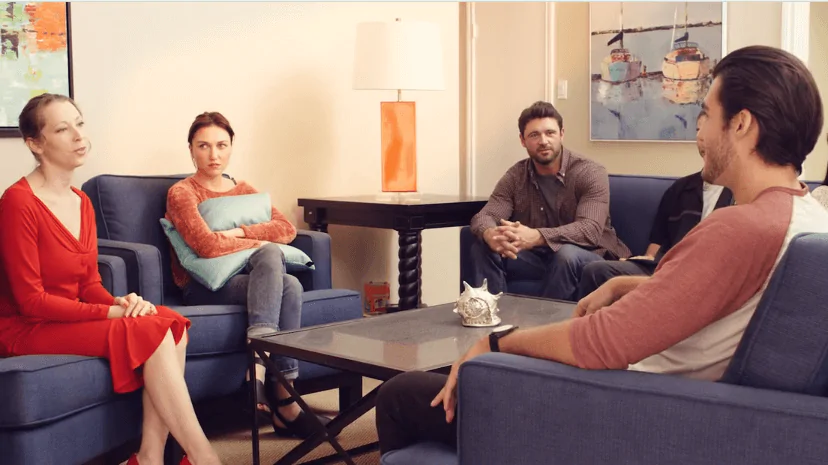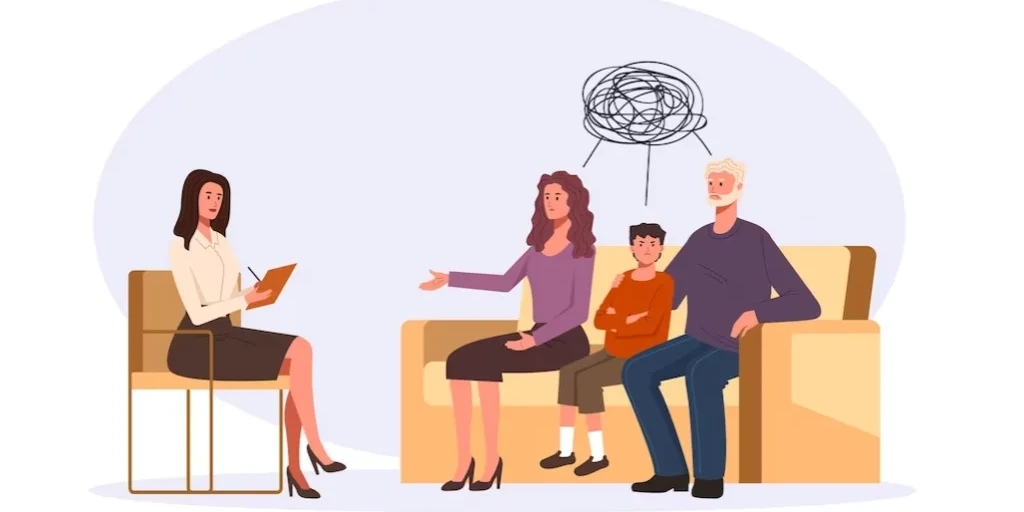24/7 Helpline:
(866) 899-111424/7 Helpline:
(866) 899-1114
Learn more about 12 Step Rehab centers in Divide

Other Insurance Options

Absolute Total Care

BHS | Behavioral Health Systems

Optima

WellCare Health Plans

Medical Mutual of Ohio

Cigna

WellPoint

Aetna

Lucent

Sliding scale payment assistance

CareSource

Access to Recovery (ATR) Voucher

Sutter

Excellus

Group Health Incorporated

PHCS Network

Highmark

EmblemHealth

Ceridian

Molina Healthcare









Montana Chemical Dependency Center
Montana Chemical Dependency Center is a residential alcohol and drug treatment facility for men and ...

Western Montana Mental Health Center – Psychiatric Services – West Park Street
Western Montana Mental Health Center – Psychiatric Services – West Park Street is a private rehab lo...

Western Montana Mental Health Center – Hays Morris House
Western Montana Mental Health Center (WMMHC) is a leading behavioral health addiction treatment cent...

Western Montana Mental Health Center – Adult
Western Montana Mental Health Center – Adult is a private rehab located in Butte, Montana. Western M...






















AWARE
AWARE is a non-profit rehab located in Butte, Montana. AWARE specializes in the treatment of Mental ...

Acadia Montana Treatment Center
Acadia Montana Treatment Center is a private rehab located in Butte, MT. Acadia Montana Treatment Ce...

Butte Silver Bow Chemical
Butte Silver Bow Chemical is a private rehab located in Butte, Montana. Butte Silver Bow Chemical sp...







